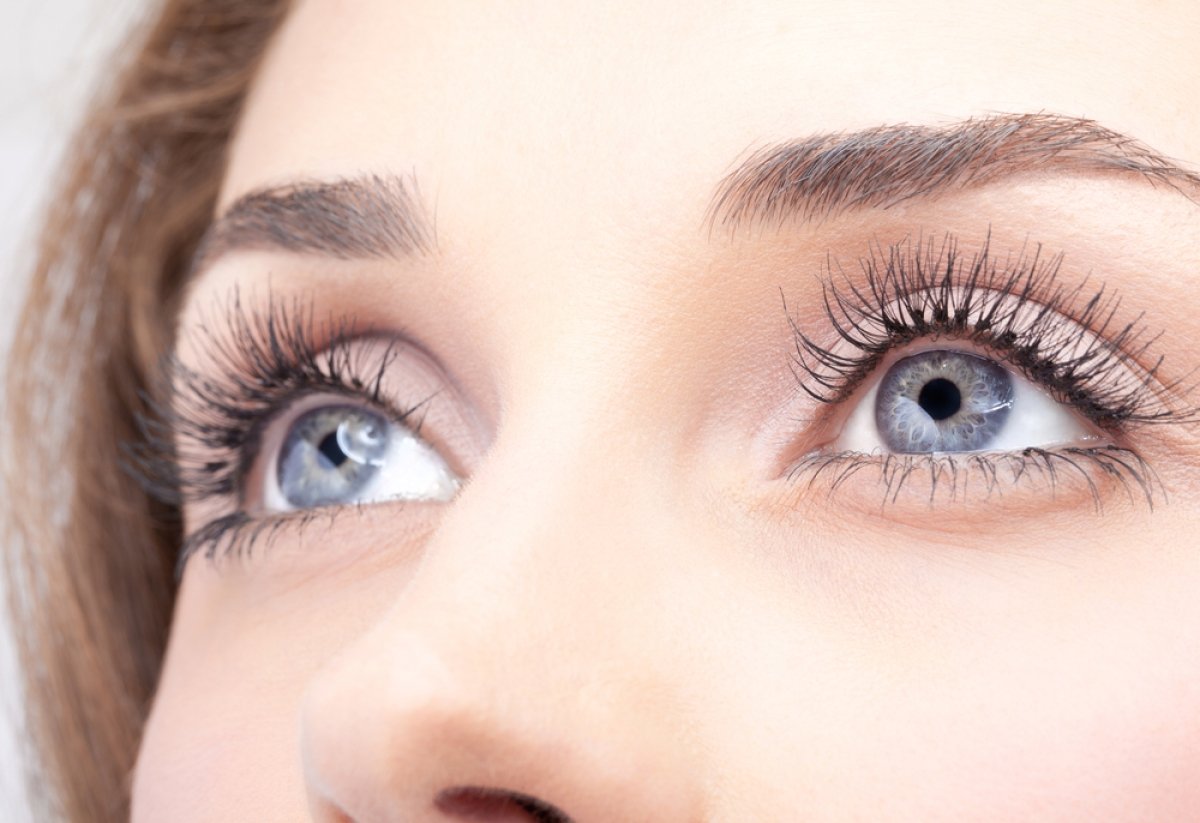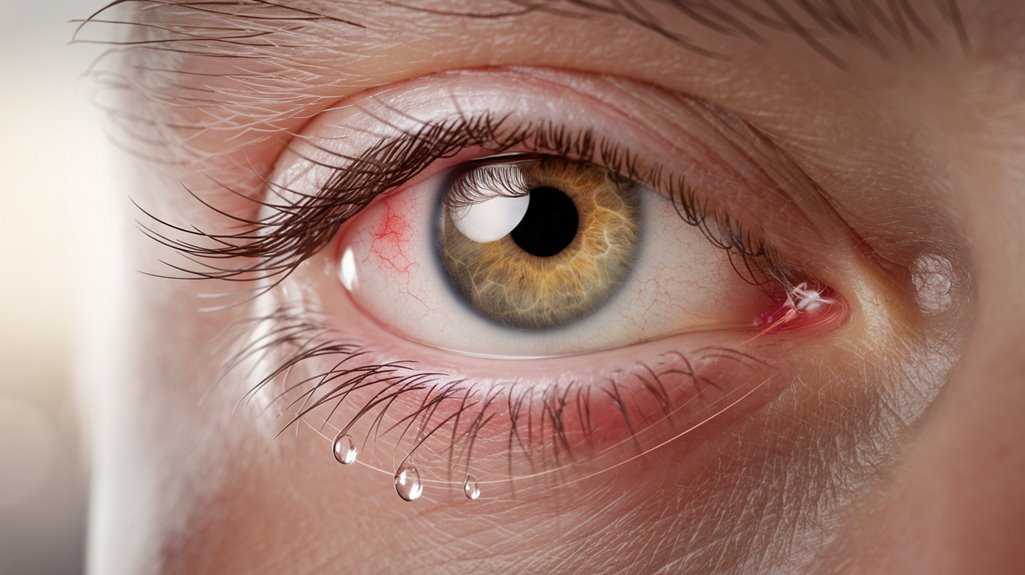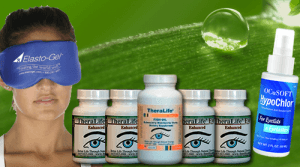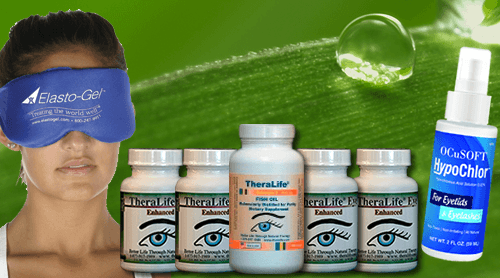Understanding the connection between blepharitis and dry eye is crucial for managing symptoms effectively. TheraLife.com emphasizes the importance of addressing both conditions, as they often coexist and exacerbate one another. TheraLife’s range of products, including those that enhance eye health, offer solutions tailored to alleviate symptoms by supporting tear film health and eyelid hygiene.
TheraLife’s offerings include omega-3 supplements that help reduce inflammation and support overall eye comfort. Eyelid hygiene is also prioritized, with products designed to cleanse and soothe the eyelids, reducing irritation caused by blepharitis. Warm compresses are another recommended treatment, and TheraLife provides guidance on how to effectively incorporate this into a daily routine.
In addition to products, TheraLife offers valuable insights into environmental factors, aging, and hormonal changes that influence these eye conditions. By providing comprehensive resources, including articles on the best and worst places to live for dry eye sufferers and dietary recommendations, TheraLife equips its customers with the knowledge to make informed decisions about their eye health.
For those dealing with specific challenges like eye discharge, crusty eyes, or eyelash mites, TheraLife provides targeted solutions and advice on managing these symptoms. An eye care professional is essential for accurate diagnosis and relief, but TheraLife’s products and resources serve as a supportive tool in enhancing eye health and managing blepharitis and dry eye.
Best Blepharitis Treatment From TheraLife
Add To CartKey Takeaways
- Blepharitis and dry eye often coexist, with each condition exacerbating the other.
- Blepharitis disrupts the tear film, leading to worsened dry eye symptoms.
- Effective treatment requires addressing both blepharitis and dry eye simultaneously.
- Regular eyelid hygiene and warm compresses can help manage symptoms.
- Omega-3 supplements support tear production and reduce inflammation.
Understanding Blepharitis and Its Impact on Eye Health
Blepharitis, a common inflammatory condition affecting the eyelids, greatly impacts eye health and comfort. It can be categorized into two main blepharitis types: anterior and posterior.
Anterior blepharitis affects the outer edge of the eyelid where the eyelashes attach, typically caused by bacteria or dandruff. Posterior blepharitis involves the meibomian glands within the eyelids, leading to oil secretion issues that can irritate the ocular surface. Blocked glands and thick oil secretion are indicators of posterior blepharitis, contributing to dry eye symptoms.
Maintaining proper eyelid hygiene is essential in managing blepharitis symptoms. Regular cleaning helps remove debris and reduce bacterial load, preventing flare-ups.
You should gently scrub the eyelid margins with a mild cleanser or pre-moistened eyelid wipes. Consistent eyelid hygiene alleviates discomfort and enhances overall eye health, minimizing blepharitis complications.
Exploring the Causes of Dry Eye Syndrome
Although often overlooked, dry eye syndrome is a complex condition influenced by various factors that disrupt the eye’s tear film. Environmental factors like low humidity, wind, and exposure to air conditioning can greatly contribute to this condition. These elements can cause the tear film to evaporate more rapidly, leading to discomfort. Additionally, lifestyle choices play a critical role. Spending extended periods staring at digital screens without taking breaks reduces your blink rate, exacerbating tear evaporation. In addition, certain medications, such as antihistamines and antidepressants, can decrease tear production. Aging also naturally reduces tear production, increasing your risk. Chronic dry eyes can result from autoimmune diseases, menopause, and certain medications, highlighting the importance of understanding underlying health conditions.
How Blepharitis and Dry Eye Are Interconnected
When you’re delving into the relationship between blepharitis and dry eye, it becomes evident that these conditions often coexist, each exacerbating the other. Blepharitis triggers include bacterial infections, gland dysfunction, and skin conditions like rosacea, all of which contribute to inflammation of the eyelid margins. This inflammation can disrupt the tear film, leading to or worsening dry eye. Conversely, dry eye management is essential because inadequate lubrication can intensify blepharitis symptoms by causing further irritation and inflammation. Managing both conditions requires a thorough approach, addressing the underlying blepharitis triggers and implementing effective dry eye management strategies. Regularly cleaning eyelids, using warm compresses, and applying prescribed treatments can help break this cycle, improving both conditions simultaneously. Incorporating Omega-3 fatty acids in your diet supports tear production and reduces inflammation, offering an additional method to manage symptoms.
Recognizing the Symptoms and Seeking Diagnosis
How do you recognize the signs of blepharitis and dry eye, and when should you seek a diagnosis? Accurate symptom recognition involves identifying persistent itching, redness, and a gritty sensation in your eyes. These conditions often coexist, leading to overlapping symptoms, making diagnosis importance essential for effective management. You should consult an eye care professional if symptoms persist beyond typical irritants. They can distinguish between blepharitis and dry eye, guiding appropriate treatment interventions. For comprehensive treatment, consider using products like the TheraLife® All-in-One Autoimmune Starter Kit which provides relief for chronic autoimmune dry eyes.
| Symptom | Blepharitis | Dry Eye |
|---|---|---|
| Redness | Frequent | Occasional |
| Itching | Common | Sometimes |
| Gritty Sensation | Less Common | Frequent |
| Watery Eyes | Sometimes | Common |
Recognizing these symptoms early and seeking a professional diagnosis can prevent complications and improve your eye health considerably.
Effective Treatment Strategies and Management Tips
To manage blepharitis and dry eye effectively, it’s vital to implement targeted treatment strategies tailored to each condition’s underlying causes.
Begin by incorporating natural remedies, such as warm compresses, which can alleviate inflammation and unclog eyelid glands. Regular eyelid hygiene is significant; use diluted baby shampoo to clean the eyelid margins gently.
Consider omega-3 supplements, known for their anti-inflammatory properties, to support eye health. Lifestyle changes play a considerable role; guarantee adequate hydration and minimize screen time to reduce eye strain.
TheraLife Eye Enhanced is an oral formulation that restores natural tear production and provides lasting dry eye relief by targeting the root causes internally.
Optimize your environment with a humidifier to maintain moisture. If symptoms persist, consult an eye care professional for potential prescription treatments.
Best Blepharitis Treatment From TheraLife
Add To CartFrequently Asked Questions
Can Diet or Nutrition Influence Blepharitis or Dry Eye Severity?
You might wonder if diet or nutrition can impact blepharitis or dry eye severity. Indeed, nutrient impact plays a significant role.
Omega-3 fatty acids, vitamins A and D, and antioxidants can improve eye health. Staying hydrated is essential, as hydration importance can’t be overstated.
Dehydration may exacerbate dry eye symptoms, so guarantee adequate water intake. A balanced diet supports overall eye function, potentially reducing symptoms’ severity and promoting ocular wellness.
Are There Any Preventative Measures for Blepharitis and Dry Eye?
You’d think blinking would be enough, but no, preventive measures for blepharitis and dry eye are essential.
Start with impeccable hygiene practices; clean your eyelids regularly to thwart bacteria. Boost moisture retention by using humidifiers and taking breaks from screens.
Warm compresses can also be your eyes’ best friends. Don’t forget about omega-3 supplements; they’re not just fishy tales.
Following these steps, you might just outsmart these pesky eye issues.
How Does Stress Affect Blepharitis and Dry Eye Conditions?
Stress can exacerbate blepharitis and dry eye symptoms by causing hormonal changes that affect tear production and eyelid inflammation.
By incorporating stress management techniques into your routine, you can help stabilize these conditions. Techniques like meditation, regular exercise, and proper sleep can enhance your emotional wellbeing, reducing stress levels.
This approach helps maintain ocular health by keeping inflammation and dryness at bay, ensuring your eyes remain comfortable and irritation-free.
Can Lifestyle Changes Improve Blepharitis and Dry Eye Symptoms?
Imagine the revitalizing clarity of a clear, gentle breeze soothing your eyes. You can achieve this by altering lifestyle habits and environmental factors.
Reducing screen time, staying hydrated, and maintaining a balanced diet with omega-3s can greatly alleviate blepharitis and dry eye symptoms.
Keep your environment humidified and free from allergens. Consistent eyelid hygiene, like warm compresses, can also be beneficial.
These changes can transform your daily discomfort into lasting relief.
Are There Any Alternative Therapies for Managing Blepharitis and Dry Eye?
You’re wondering if alternative therapies can help manage blepharitis and dry eye.
Herbal remedies like chamomile and green tea may soothe inflammation due to their anti-inflammatory properties.
Acupuncture benefits could include improved tear production and symptom relief by targeting specific pressure points.
While these methods aren’t substitutes for conventional treatments, incorporating them might enhance your overall management strategy.
Always consult a healthcare professional before integrating new therapies into your routine.
Best Blepharitis Treatment From TheraLife
Add To CartConclusion
TheraLife.com provides a comprehensive approach to managing blepharitis and dry eye syndrome, offering products specifically designed to alleviate symptoms and improve eye health. By addressing the root causes, TheraLife’s products aim to restore natural tear function and reduce inflammation. With a focus on natural ingredients, they ensure that their solutions are gentle yet effective for sensitive eyes.
TheraLife’s offerings are particularly beneficial for those living in environments that exacerbate dry eye symptoms, as their products help maintain eye moisture and comfort. Additionally, they provide guidance on lifestyle adjustments and dietary changes that can further support eye health. By choosing TheraLife, customers can find relief from discomfort and prevent potential complications associated with blepharitis and dry eyes.





